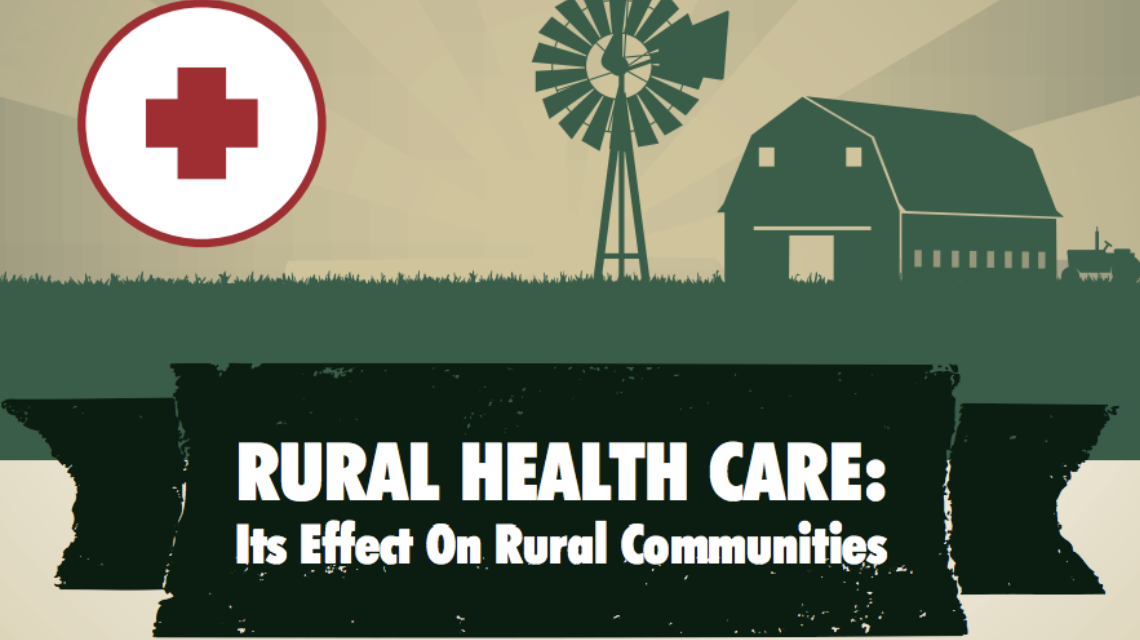You are 2 to 3 times more likely to die from a preventable condition if you live in rural and regional Australia than if you live in a major city. In part that is because health services are harder to find in rural settings.
According to a new report commissioned by the National Rural Health Alliance, around 10 percent less is spent on health for Rural Australians than on those living in metropolitan areas – about $850 per person less each year.
This is money that could have allowed Australians living rurally to access health and medical services where they live.
“The report looks at health spending from a patient’s perspective, reflecting the alarming day-to-day realities for rural Australians unable to access equitable care,” said Alliance Chief Executive Susi Tegen.
Rural people experience a triple health disadvantage: poorer circumstances in terms of social determinants of health, a lack of service availability, and higher costs of access and delivery, all resulting in poor health outcomes.
“Although the government invests in workforce initiatives and several measures are in place to support rural health, these need to be augmented and continued as they still do not sufficiently improve service availability and a patient’s access to health care.
“Social determinants of health negatively impact rural people, who are sick for longer periods and end up in hospitals because of inadequate primary care access to doctors, nurses and other health workers. Proper funding in this regard would keep people well and out of the expensive and overburdened hospital system.
“Rural communities need government to be more flexible and introduce block or genuine support funding to provide multidisciplinary care for patients. These communities know how to collaborate – they do it every day – but costs of access and delivery are higher, so the delivery of health care will be different and broader. It does not fit into the model available to urban people,” Ms Tegen added.
The Alliance wants a new approach for rural health based on multidisciplinary teams, including GPs, nurses and allied health professionals. The want new primary care rural organisations to be established to organise these teams. To make sure there are enough staff, they want medical, allied health and nursing training to be based in rural settings rather than in the city.
“Communities need access to health care in their localities. To achieve this, we urge government to add to existing city-based and hybrid (city/rural) training, with a flipped model of exceptional rural medical and allied training, including nurse training. This would make training in cities the exception and enable students living rurally to train in their own communities.
“Why should people living in rural Australia pay twice or thrice the amount for the same health care available in cities, yet still have poorer health? Why do they need to fundraise to access a service that should be provided through their taxes? This is the unfortunate reality faced by many rural Australians,” said Ms Tegen.
Investing in rural areas will have the additional benefit of reducing costs in the hospital sector and emergency departments but, more importantly, it will increase the already significant economic contribution of rural communities to Australia’s wellbeing.
You can read the full (38 page) report of the National Rural Health Alliance here.











